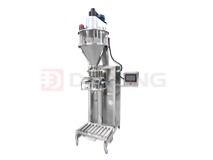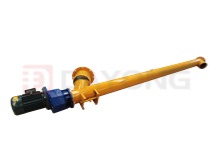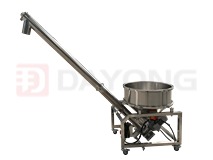Vibrating Screen For Screening And Grading Of Feldspar Powder
The production process of feldspar powder:
Different feldspar powder classifications require different particle sizes and processes. There are mainly two processes, dry and wet. The wet process steps are roughly the same, and the equipment used will be different. The wet process is suitable for the production of high-quality potassium long Stone powder, this time I will mainly talk about the dry process:
The first stage: crushing
The large pieces of feldspar are transported by special vehicles to the raw material warehouse, and then the materials are sent to the jaw crusher by forklifts/manually for crushing, and crushed to be smaller than the feed size of the mill.
The second stage: milling, iron removal
The crushed potassium feldspar is ground and powdered, and the powdered potassium feldspar is subjected to iron removal operations.
The third stage: classification
The feldspar powder after iron removal is sieved and classified using a vibrating screen. The screening mainly re-grinds the unqualified particle size, and the classification is based on whether multi-layer classification is required.
Feldspar is prone to dust rippling during the production process. The equipment used is preferably a sealed type, especially for grading. The powder is directly sieved, and the powder vibrating screen used must have a sealed structure.
There are many grades of feldspar powder, such as 80-400 mesh, and a suitable screening machine can be selected according to the specific production. Under normal circumstances, the model can be selected from 600-1800mm, and the screen surface can be screened in 1-3 layers. If it is difficult to screen and relatively fine meshes, it is recommended to add an ultrasonic system or directly use an ultrasonic vibrating screen.





 (Live chat)
(Live chat)
_213x160.jpg)




 +86-15136770681
+86-15136770681 sale@vibratingscreen.cc
sale@vibratingscreen.cc +86-373-3669006
+86-373-3669006 From West Room 5, 1st Floor, Building 18, Huilong Yangguang Mingyuan, New District, Xinxiang, Henan, China (Mainland).
From West Room 5, 1st Floor, Building 18, Huilong Yangguang Mingyuan, New District, Xinxiang, Henan, China (Mainland). Your Position:
Your Position:.jpg)



